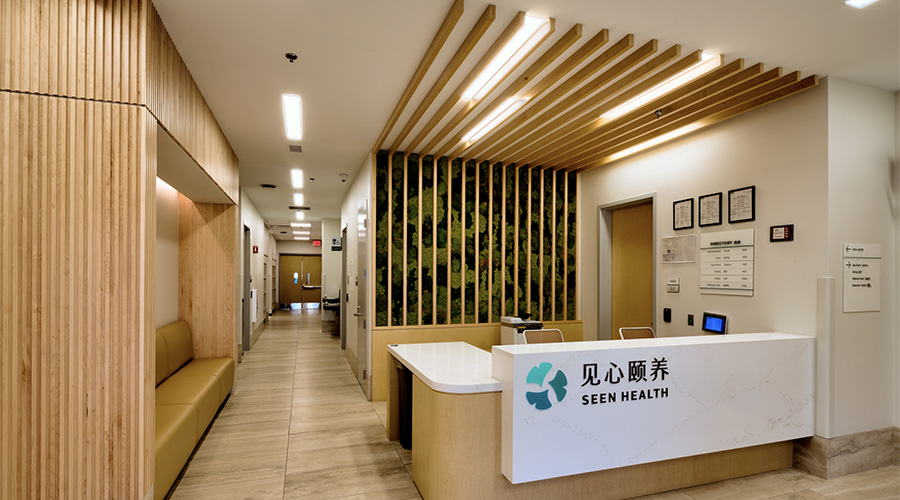As hospitals around the world look for new and innovative ways to battle deadly pathogens and kill multidrug-resistant organisms that can cause hospital acquired infections (HAI), St. Luke’s Hospital has taken a leap into the future with the installation of a LightStrike™ Germ-Zapping Robot™ that destroys hard-to-kill bugs in hard-to-clean places.
The robot uses Full Spectrum™ pulsed xenon ultraviolet (UV) light to quickly destroy bacteria, viruses, fungi and bacterial spores. The portable disinfection system is effective against even the most dangerous pathogens, including Clostridium difficile (C.diff), norovirus, influenza, Ebola and methicillin-resistant Staphylococcus aureus, better known as MRSA.
“St. Luke’s has always been proactive in ensuring that we have the right tools to protect our patients and enhance patient care, which is why the St. Luke’s Foundation supported the purchase of the Xenex robot,” said Jill Trosin, Vice President Patient Care Services/CNO at St. Luke's Hospital. “One hospital acquired infection is one too many, so we are excited to begin using the Xenex system to help us achieve our goal of zero infections. This investment is important and underscores our commitment to patient care and the communities we serve.”
UV light has been used for disinfection for decades. The Xenex LightStrike Germ-Zapping Robot is a new technology that utilizes pulsed xenon (not mercury bulbs) to create germicidal UV light. Pulsed xenon emits high intensity UVC light which penetrates the cell walls of microorganisms, including bacteria, viruses, mold, fungus and spores. Their DNA is fused, rendering them unable to reproduce or mutate, effectively killing them on surfaces without contact.
The portable Xenex system disinfects a typical patient or procedure room in five minute cycles without warm-up or cool-down times. It can be used in any department and in any unit within a healthcare facility, including isolation rooms, operating rooms, general patient care rooms, contact precaution areas, emergency rooms, bathrooms and public spaces.
The Xenex pulsed xenon UV disinfection system has been credited by health care facilities across the U.S. for helping them reduce their infection rates significantly. Several hospitals have published their C.diff, MRSA and surgical site infection rate reduction studies in peer-reviewed journals - showing infection rate reductions in excess of 70 percent. Over 400 hospitals, Veterans Affairs and Department of Defense facilities in the U.S., Canada, Africa, UK, Japan and Europe are using Xenex robots, which are also in use in skilled nursing facilities, ambulatory surgery centers and long-term acute care facilities.

 How Efficiency Checklists Help Hospitals Save Energy, Water and Money
How Efficiency Checklists Help Hospitals Save Energy, Water and Money Designing with Heart: Seen Health Center Blends Cultural Warmth and Clinical Care
Designing with Heart: Seen Health Center Blends Cultural Warmth and Clinical Care Rutgers Health and University Hospital Breaks Ground on Campus Expansion
Rutgers Health and University Hospital Breaks Ground on Campus Expansion What to Consider When Modernizing Healthcare Facilities
What to Consider When Modernizing Healthcare Facilities Corewell Health Beaumont Troy Hospital to Build New Tower
Corewell Health Beaumont Troy Hospital to Build New Tower